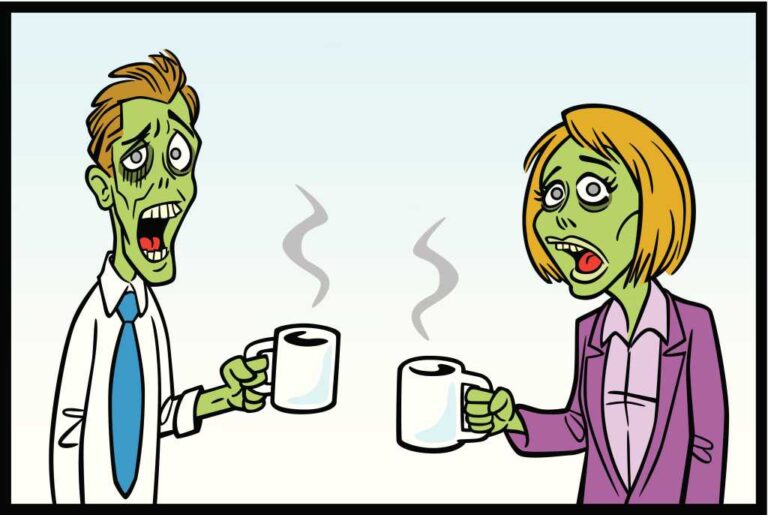
For many of today’s IT teams, there’s a common, recurring question that keeps being posed: Why are we doing this?
This question is fundamental, some may say basic, but it is often one that teams don’t get good, solid answers to. Further, this speaks to a broader lack of visibility and insight. Among the many potential initiatives considered, why was the current one selected? At a higher level, what’s the reasoning behind the relative staffing and budgeting priorities across products, support, and operations? Why do some teams have ample resources, while others are running lean? Even worse, what if teams find out that they’ve been wasting significant time on a “zombie” project, that is, one that’s lost executive sponsorship? For example, weeks after an executive departed, teams may find out there’s no longer support for an initiative they’ve dedicated significant effort to, and that it is going to be shelved before it ever sees the light of day.
When teams are wasting time focusing on zombie projects or they’re operating in the dark in terms of how their efforts map to business priorities, their productivity, morale, and results can all suffer.
This underscores why instituting Value Stream Management (VSM) is such a vital endeavor.
Simply put, VSM is about maximizing the delivery of value to customers. Through VSM, teams seek to ensure they’re properly funding, defining, aligning, measuring, and optimizing value streams.
VSM can provide leaders with transparency into the work that’s being done and how that aligns with their investments. Further, VSM is about bridging the gap between business and IT.
Through VSM, development teams and their management can gain better insight into the purpose of their work, and how it translates into value for customers and the organization.
VSM platforms can be integral in realizing this potential. VSM platforms can help teams manage work and investments across the enterprise. Not only can work be seen from a top-down view but also from a bottom-up perspective. This is beneficial for many different reasons. At the most basic level, teams that understand why they are being asked to work on a particular initiative will have a higher level of engagement and commitment to making that initiative a success.
More practically, the understanding of how work aligns with the organization’s strategic goals allows project teams to make more informed decisions on the approach to use, the way to overcome problems, and so on. In an agile environment, where success is dependent on empowered teams, that level of transparency is critical.
Transparency isn’t just important to the teams doing the work either. PMOs and related support functions have to ensure the effective use of resources, and that means delivering the best possible combination of business outcomes. Only when they can view the end-to-end integration of work — from goal, to investment decision, to work plan — can they intelligently make those prioritization and scheduling choices. The same holds true for product owners. Their focus is different than the PMO, but they must translate business vision into technical priorities, and that can only happen with end-to-end transparency.
Advanced VSM platforms can represent a solution for teams across the enterprise. From IT to business executives, these platforms can support planning, decision making, investment, and resources management. Through VSM platforms, teams can stop operating in the dark, and they can avoid having to waste time on zombie projects.
To learn more about ValueOps, the VSM platform from Broadcom, be sure to visit our ValueOps VSM page. Find out how you can deliver more value to your customers and gain increased visibility and alignment in your organization.
Explore ValueOps Value Stream Management, built to manage what you value most.